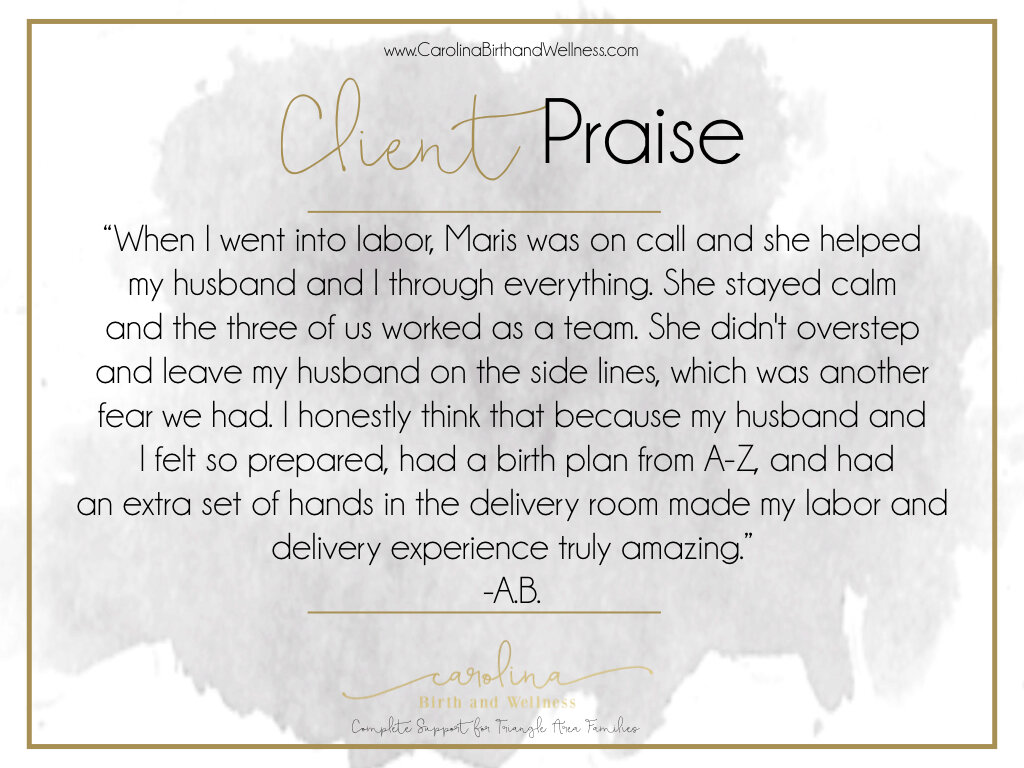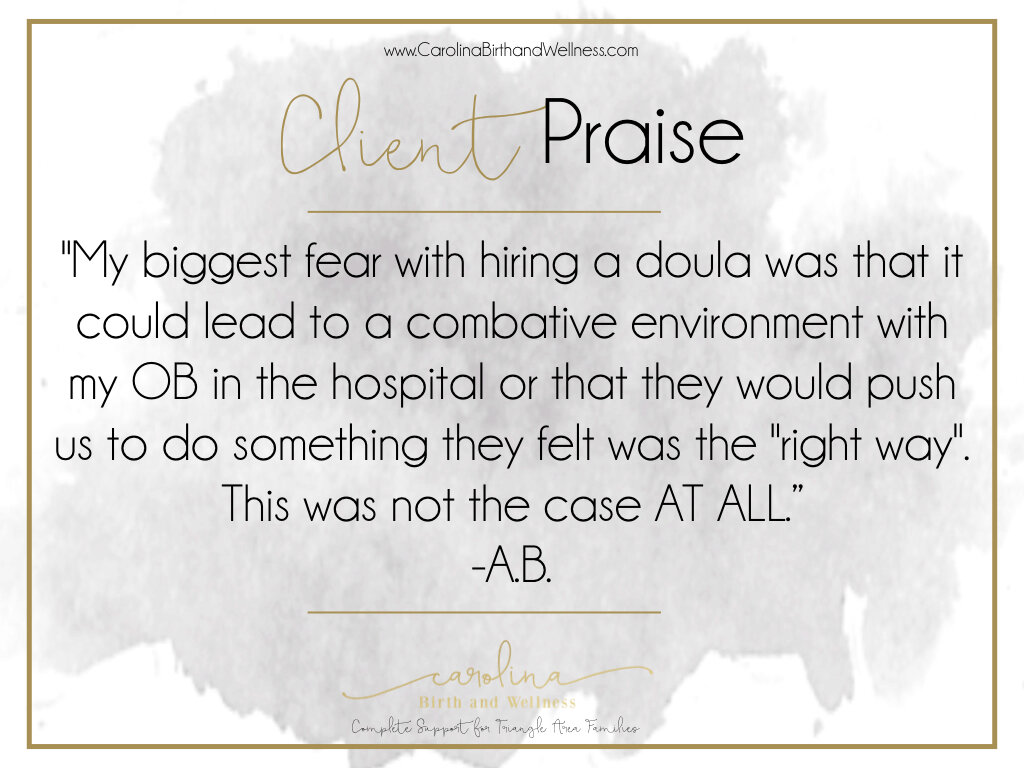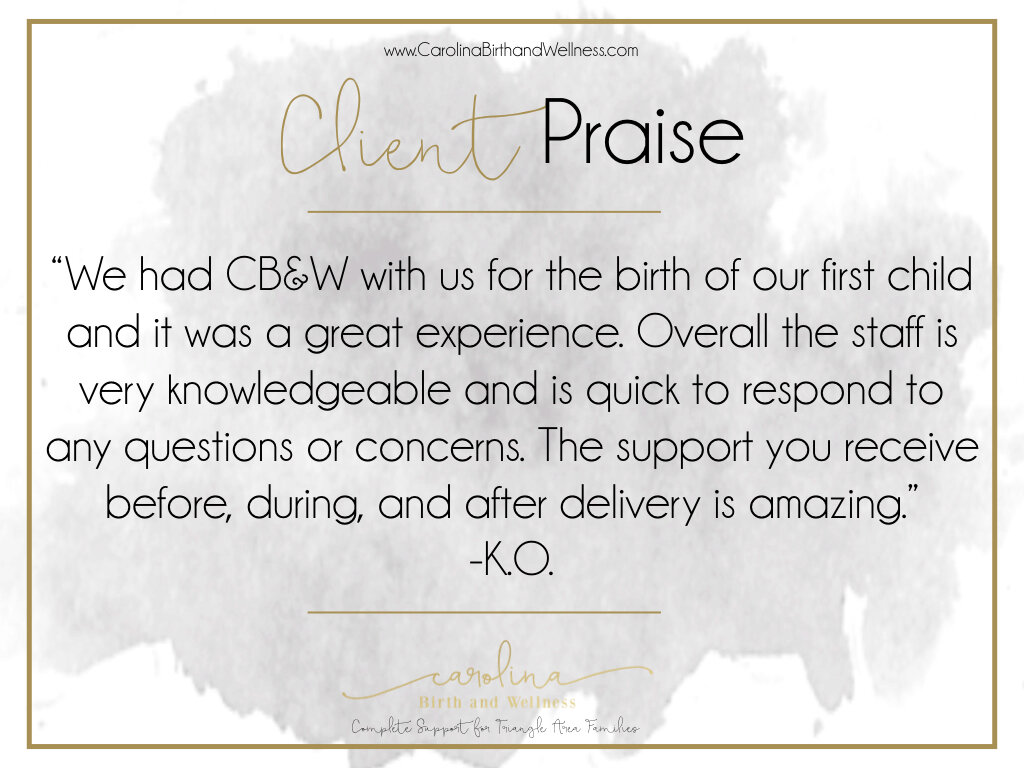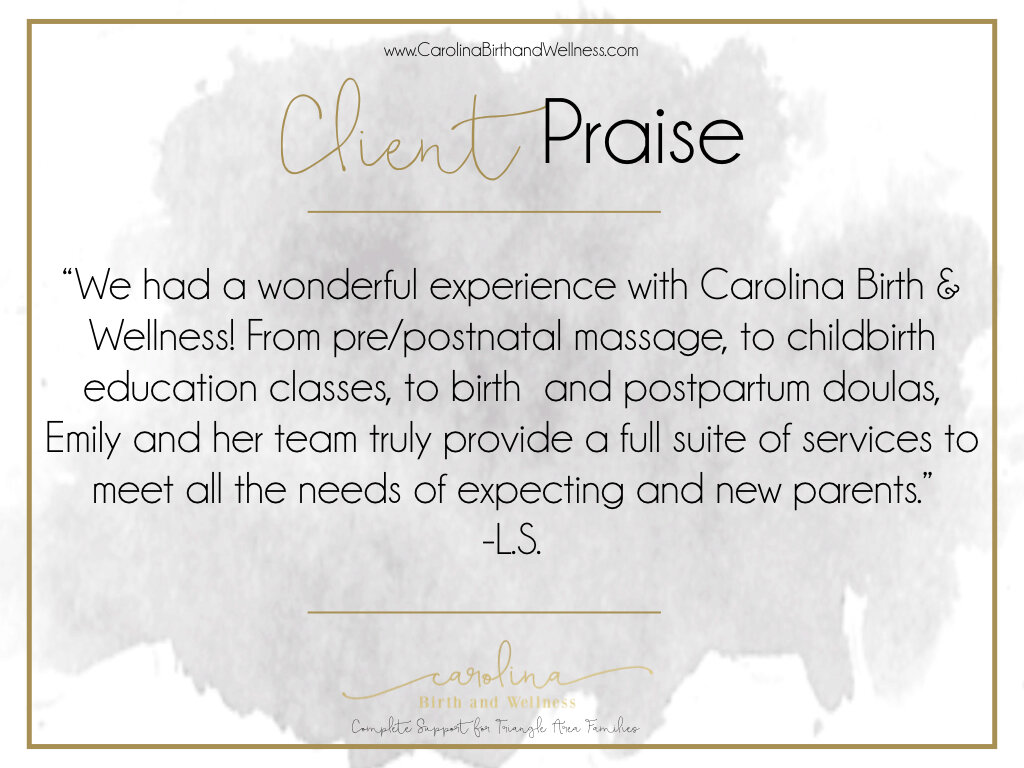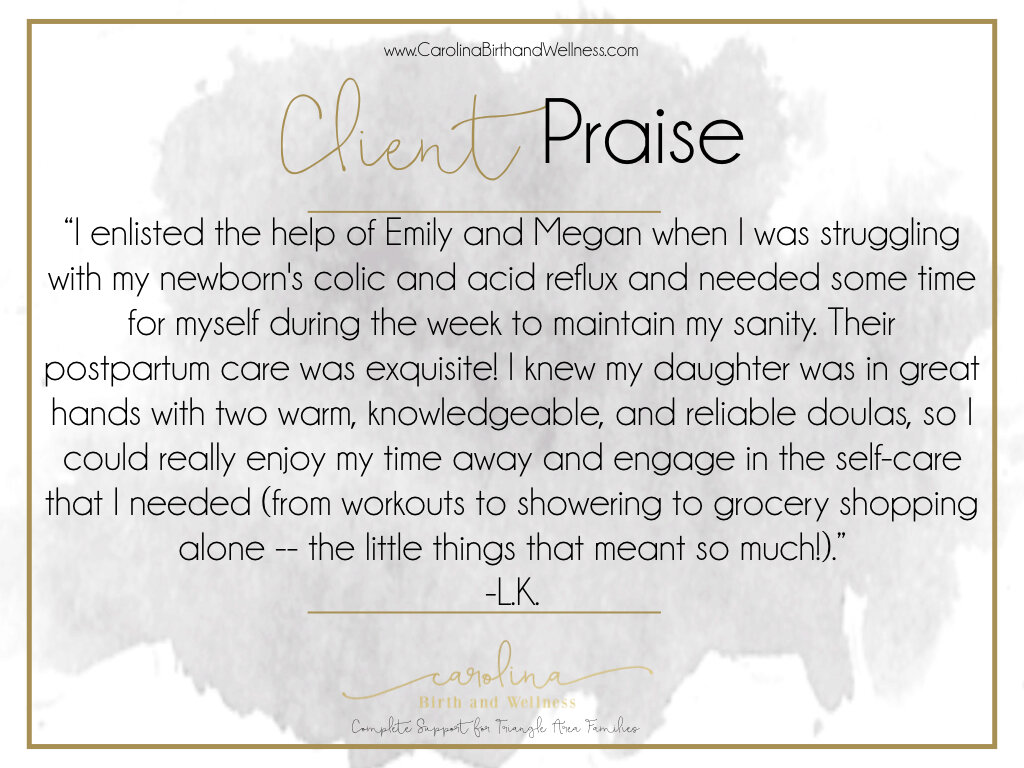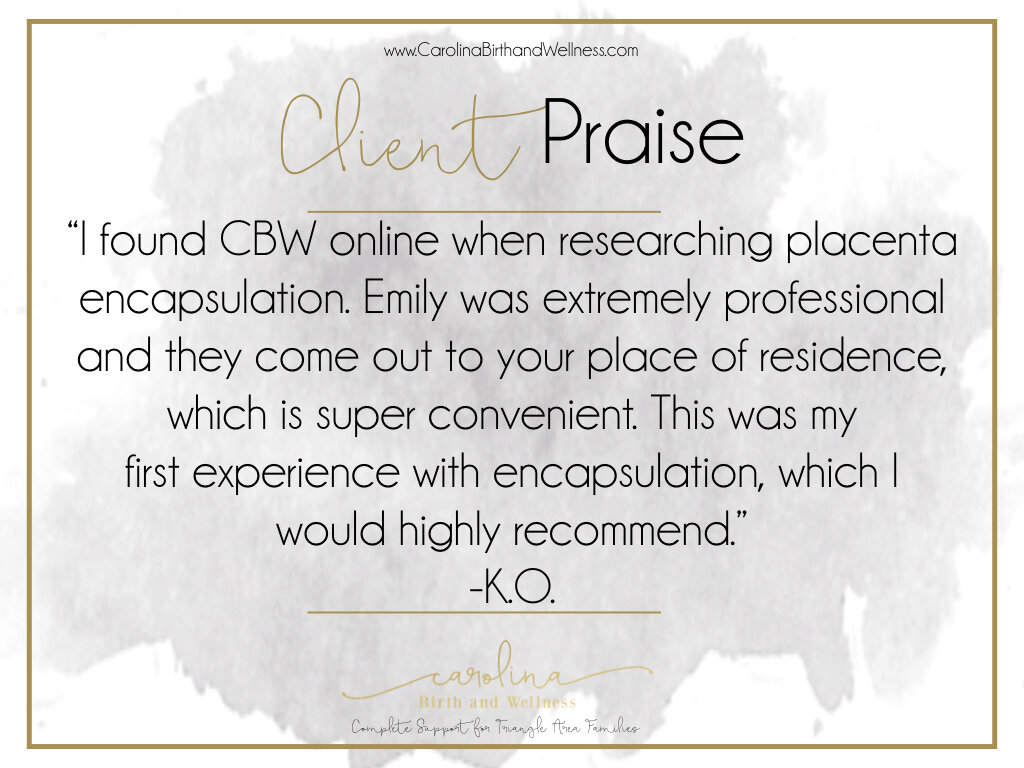Birth is commonly divided into 3 stages: labor, pushing, and placenta delivery. So often the first two stages are talked about, researched, read about, and many many hours are devoted to learning about this process. However, the third and final stage of delivering the placenta, can be overlooked. Granted, it is for a good reason! At this point, you will be holding your new baby and nothing else matters! As doulas though, our goal is help our clients be as educated as they wish about the entire process.
Contractions Still Happen After Baby is Born
The contractions will not be as strong, but they still occur as your body must delivery your placenta. Sometimes it comes out easily after the baby, and sometimes a few small pushes or assistance from your midwife or doctor may be needed. Either way, the process has less sensation than the birth, and is often much quicker. Many providers give you a shot of pitocin to help speed this process along.
Placenta Is Out, Now What?
You have a few choices once your placenta is delivered. You can either discard the placenta, donate the cord blood, or request to bring your placenta home with you.
Discarding the Placenta
If you choose to discard your placenta, your medical team will take care of everything and safely discard it. You will not need to do anything extra to allow for the placenta to be discard. You can though take a peek if you are interested! Your medical team will happily show you the side that was attached to your uterus, the sack that your baby lived in, and a few other very interesting aspects of the placenta if you are interested.
Donating the Cord Blood
The placenta is full of stem cells that can assist others in need. Donating your cord blood to research is a great way for your baby to learn the importance of giving back to those in need, even on his or her first day of life! The cord blood donation team usually comes into your hospital room while you are laboring to ask for a consent form to be read and signed, and then your medical team will take care of the details of getting the placenta ready for donation after birth.
Bringing the Placenta Home
Many birthing folks like to bring their placenta home with them, as it is a part of them and a part of their new baby. Some love to have it encapsulated by our Placenta Encapsulation Specialists.
This process provides amazing benefits, and our specialist follow universal precautions to ensure the highest safety standards. We only use the Traditional Chinese Medicine (TCM) inspired method for processing by steaming the placenta, dehydrating, and then encapsulating the fine powder.
Maybe consuming your placenta isn’t for you, but you still would like to have the placenta in your possession, and that is completely fine! We have had clients do the following:
- Bury the placenta in their yard: This is a great way to have a lasting memory of your placenta in your yard. Some people plant a tree above the placenta as a visual reminder, or just plant it in a special place in their yard they can see daily
- Freeze the placenta: Maybe you aren’t sure exactly what you want to do, so you can freeze it until you make your decision! Freezing the placenta is a safe way to preserve the placenta, while still keeping your options open in the future.
Cord Blood Donation and Placenta Encapsulation
Generally doing the two together is possible, assuming that the cord blood donation does not need to take the placenta out of the room to extract the cord blood. The extra blood that is in the placenta is not necessary for successful placenta encapsulation, and usually ends up being steamed off during the first step of our processing. As a warning, the answer to this question depends on your medical teams opinion and may vary between providers.


